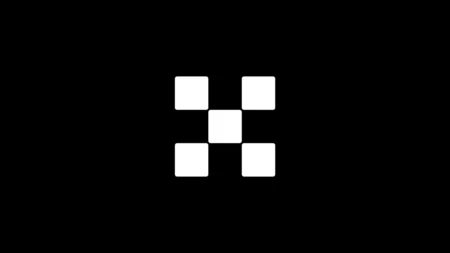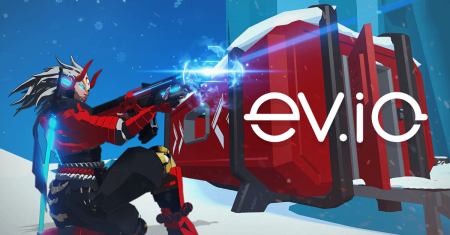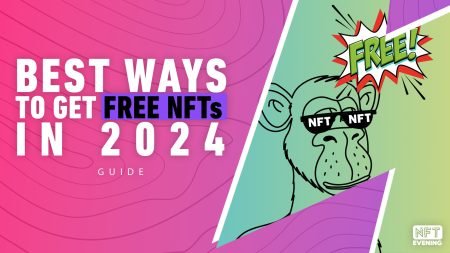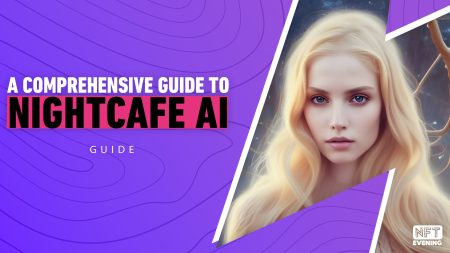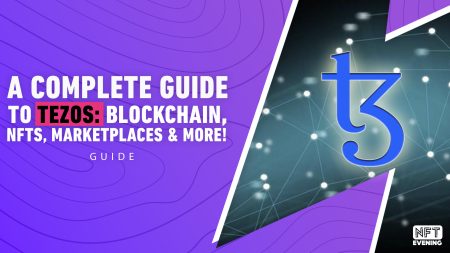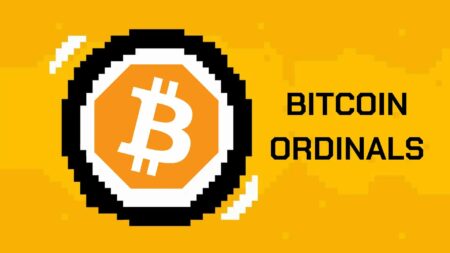If you have been active on Tech Twitter the past couple of days, you are likely to have come across the term “Web5”. It all started when former Twitter CEO, Jack Dorsey announced the new platform on Twitter on June 10. Developed on the Bitcoin Blockchain, Web5 will be a combination of Web3 and Web 2.0. Still confused? Let’s dive in: What is Web5 and how will it work?
But before we talk about Web5, let’s cover the basics—what even are Web 2.0 and Web3?
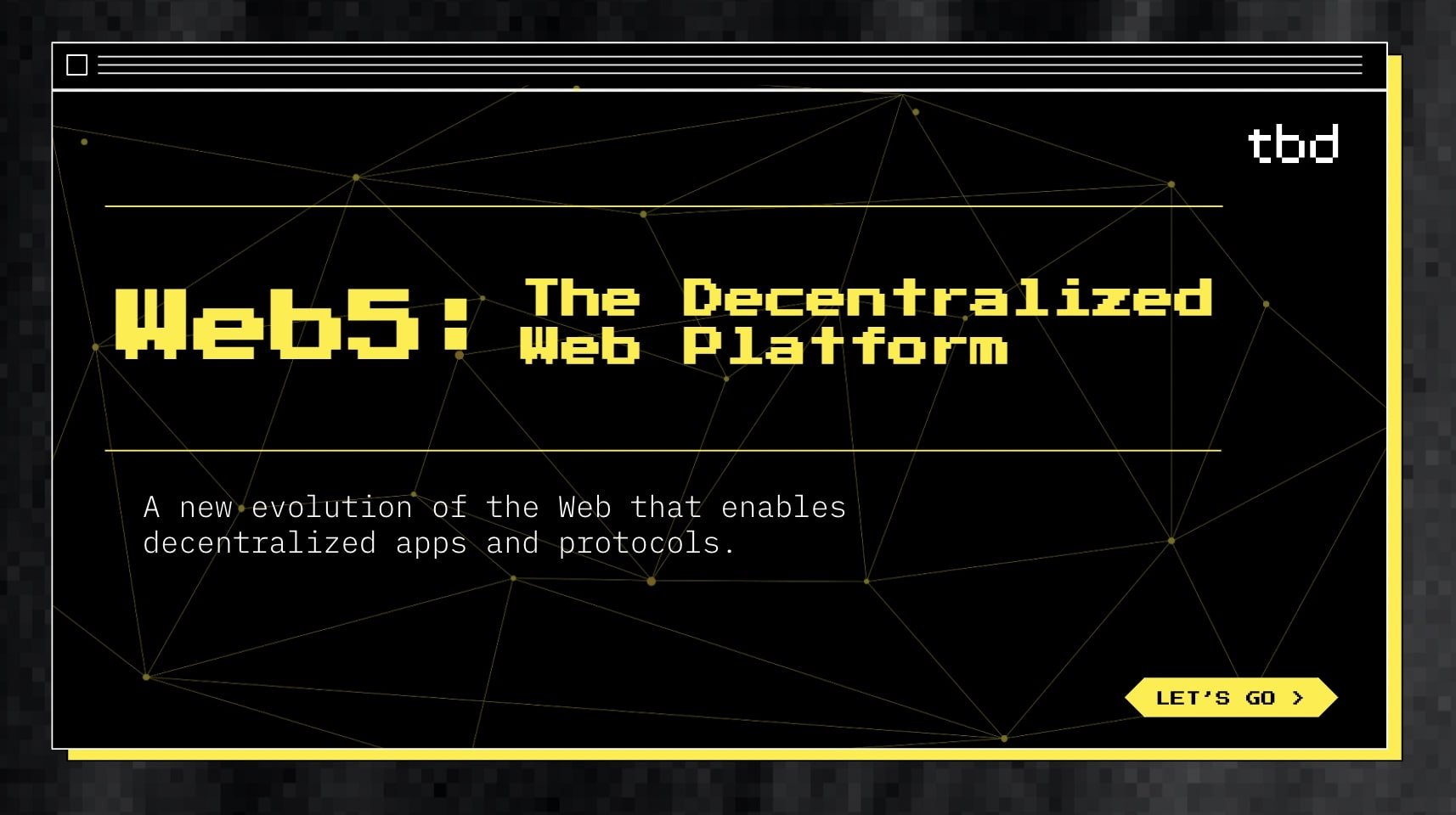
What are Web 2.0 and Web3?
In recent months, the terms Web 2.0 and Web3 have been thrown around a lot. Web3, especially, has become a buzzword, with every Tom, Dick, and Harry building their own Web3 company. To understand Web5 (or at least try to understand), we first need to get to the bottom of Web 2.0 and Web3.
Put simply, Web 2.0 or Web2, is the current version of the web that we know—interactive, increased connectivity, user-generated content, and more. To put things into perspective, in Web 1.0, the first iteration of the Internet, we could only read or view a website. As opposed, Web 2.0 allows us to interact with people, see and engage with user-generated content from across the globe, comment, and much more.
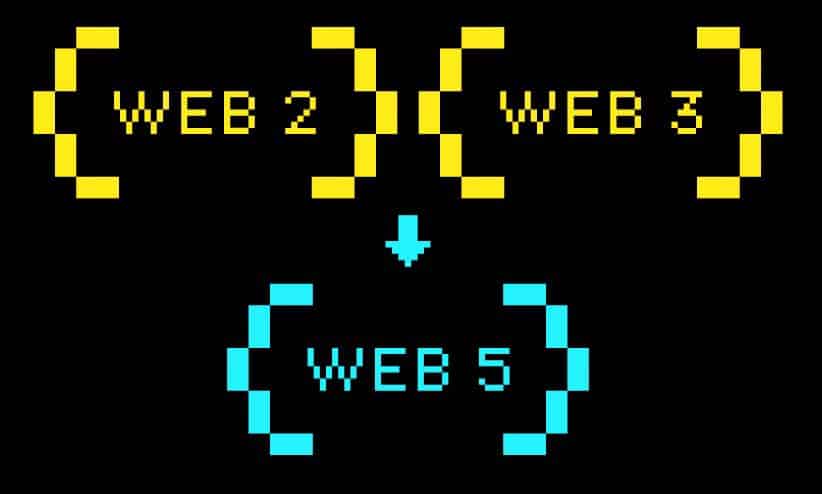
On the other hand, Web3 is the next iteration of the Internet and is increasingly becoming popular. Built on the blockchain, Web3 focuses on decentralisation and greater transparency.
It aims to solve a crucial issue with Web2—how a handful of centralised entities (for example Facebook and Google) have greater control of the web. In other words, currently, a few tech behemoths own the content and users’ personal data.
“Instead of a Web monopolized by large technology companies, Web3 embraces decentralization and is being built, operated, and owned by its users,” wrote Ethereum. “Web3 puts power in the hands of individuals rather than corporations.”
In short, Web3 symbolises the vision for a better future for the Internet.
What is Web5?
Developed by TBD, the Bitcoin arm at Jack Dorsey’s Block (formerly Square), Web5 is a new vision for a decentralised Internet. Built solely on Bitcoin, the platform focuses on securing personal data. Its primary vision is to put the user in control of their data and identity.
“The web democratized the exchange of information, but it’s missing a key layer: identity,” TBD stated. “We struggle to secure personal data with hundreds of accounts and passwords we can’t remember. On the web today, identity and personal data have become the property of third parties.”
Dorsey has long been known to criticise Web3. While Web3 does focus on decentralisation, Dorsey said it is based on “single point of failure systems”, mentioning Solana and Ethereum. He added that Web3 is based on “lies being told to people about who owns and controls it”.
In short, according to Dorsey, Web3 isn’t truly decentralised. Instead of being owned by users, various venture capitalists and limited partners own it.
“It’s ultimately a centralized entity with a different label,” he had warned in December 2021. “Know what you’re getting into.”
Web5, meanwhile, aims to solve these issues. “Web5 brings decentralized identity and data storage to your applications,” TBD further wrote. “It lets devs focus on creating delightful user experiences, while returning ownership of data and identity to individuals.”
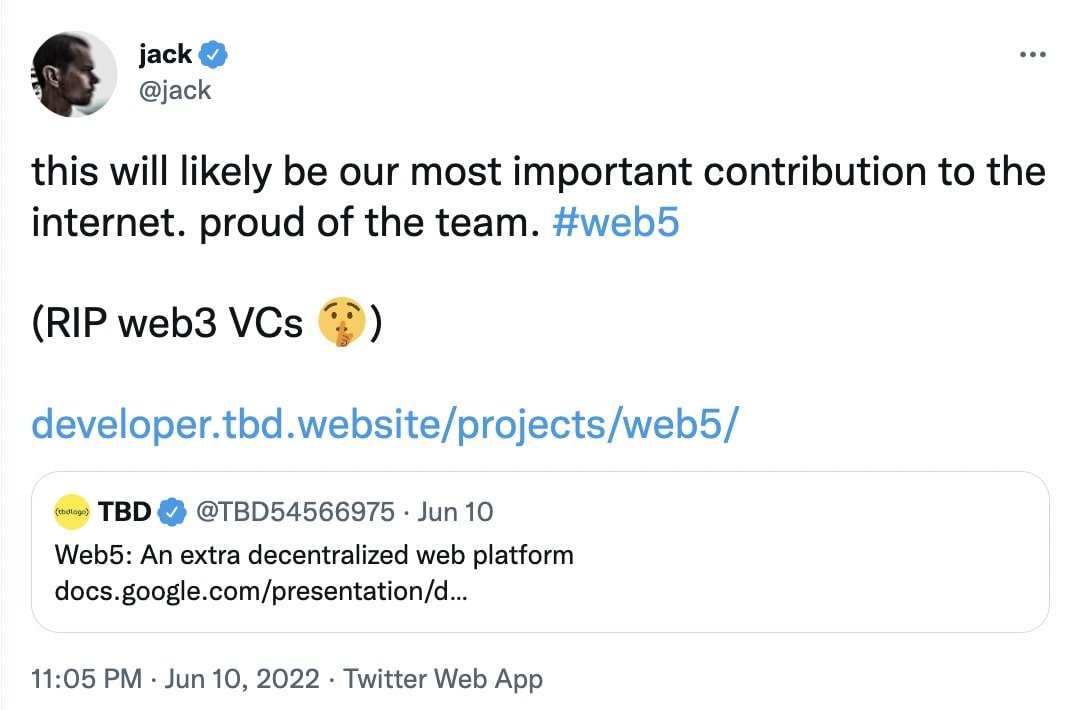
How Does Web5 Work?
A decentralised web platform, Web5 makes use of wallets, decentralised identifiers, verifiable credentials, decentralised web nodes (DWNS), and decentralised web apps (DWAS). Ultimately, the platform aims to offer two use cases—for users to “own their data” and “control their identity”.
Through an example, TBD explained how individuals can use Web5 to control their identity. Consider a user named Alice who owns a digital wallet that keeps her identity, data, and authorisations for external apps and connections secure. Now, imagine a scenario where Alice uses her wallet to sign into a decentralised social media app.
Since she connected to the dApp using her decentralised identity, she no longer has to create a profile on the app. Besides, she can store all her connections, posts, relationships, and more with her, in her DWNS. DWNS is a personal data store where you can store public and encrypted data. She can then switch dApps whenever she wants, truly controlling her identity.
The next use-case is users owning their data. For instance, take Bob, a music lover who “hates having his personal data locked to a single vendor”. What this means is that he will have to recreate his playlists over and over again in different music apps. So, what’s the solution?
Instead of storing his data across multiple apps, Bob can store it in his DWNS. In this way, he can give any music app access to his settings and preferences. This enables him to take his personalised music experience wherever he wants, all the while owning his data.
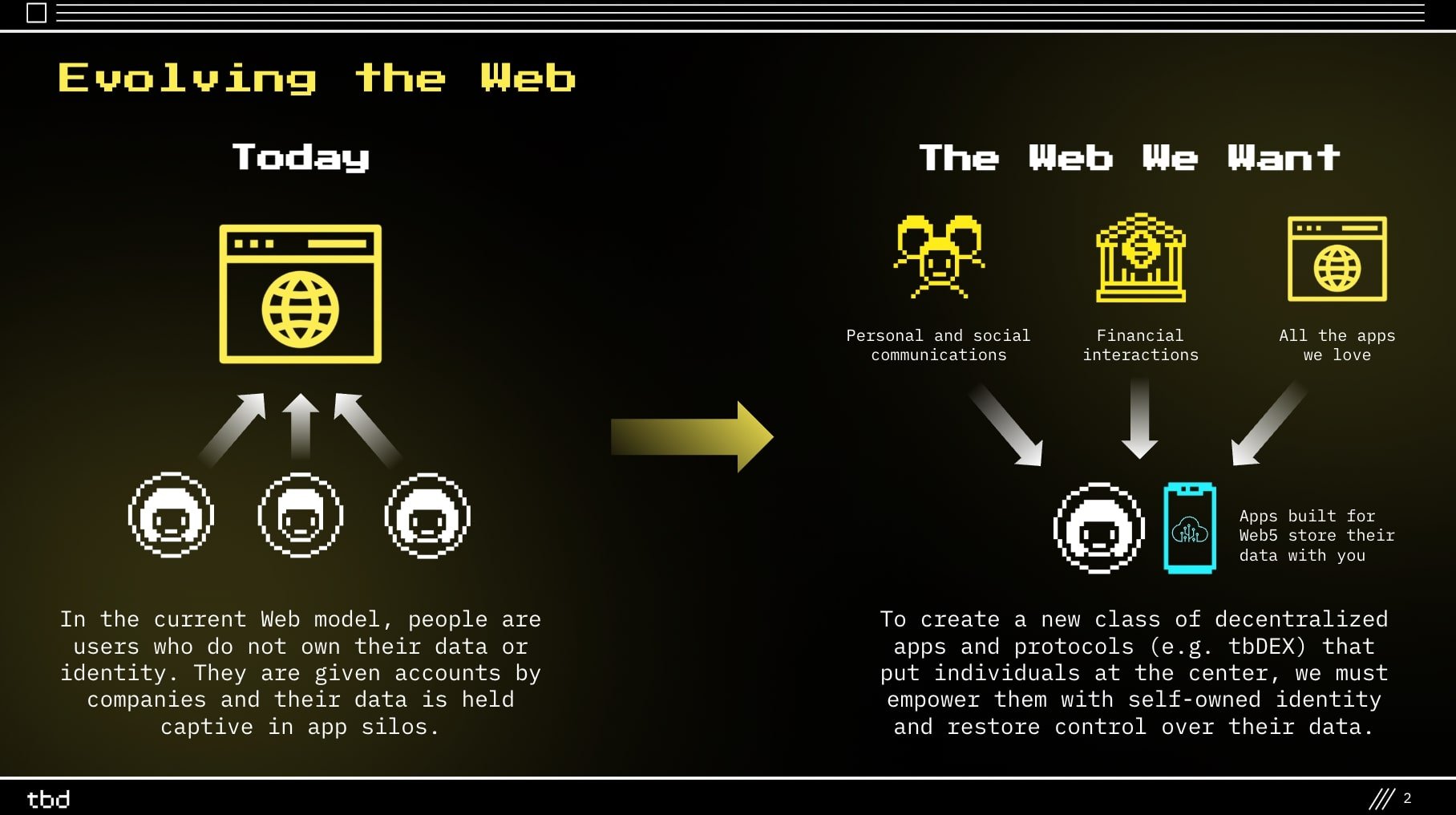
When Will Web5 Launch?
Currently, Web5 is under open-source development. TBD has yet to announce an official release date. However, Mike Brock, Head of TBD, has confirmed that there are no tokens to invest in Web5. As we know, NFTs and other tokens are a crucial part of Web3.
Furthermore, Brock took a jab at Web3:
“Some people seem to think we are joking about web5 and we are not for real working on it. I promise you, that we are for real working on it. It will actually exist, unlike web3.”
While Web5 does sounds promising, it’s too early to tell how things will pan out and what exactly it will bring to the table.
All investment/financial opinions expressed by NFTevening.com are not recommendations.
This article is educational material.
As always, make your own research prior to making any kind of investment.

